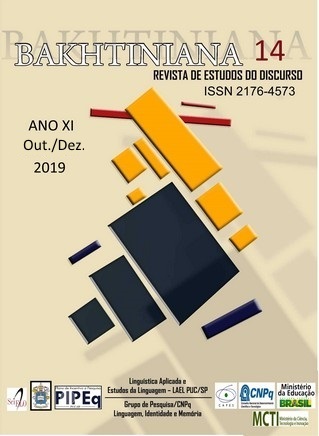Semiotics of Nonsense and Non-sense: A Lotmanian Perspective
Keywords:
Nonsense, Meaning, Lotman, Minus-device, Non-signAbstract
Absurdity and nonsense are usually studied as philosophical and/or logical categories. This paper examines nonsense as a semiotic phenomenon and as part of the mechanisms of meaning generation, and argues that the problem of nonsense and meaning as a whole is foremost a textual problem. This approach is based on the legacy of the semiotician and literary scholar Iurii Lotman, and especially his concepts of explosion and the notions of “non-text” and “minus-device.” The concept of nonsense thus highlights the inherent informational paradox of human culture and human communication systems, in which noise, errors and mishaps do not impede communication but on the contrary, stimulate it. On a larger scale the example of how human cultures deal with ‘non-sense’ in communication has implications for the study of the evolution of human culture and language and also draws additional light to the methodological problem of the text/sign relation.


